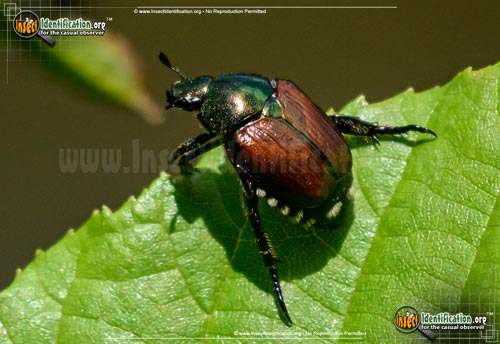japanese beetle life cycle colorado
In late June and early July adult beetles emerge. A Japanese beetle life cycle is completed in one year.

Get Ready For Japanese Beetles Ross Tree Company Denver Colorado
Pay attention to the Japanese beetle life cycle for one year and understand that effective management involves dealing with both adult beetles and their offspring larvae also called white grubs.

. Japanese beetles life cycle begins in our lawns Female adult beetles each lay 40 to 60 eggs in their lifetime. With understanding of the Japanese beetles life cycle and the management options that can be used during the larval and adult stages well continue to enjoy our landscape plants and gardens for many years. The egg larva and pupa life cycle stages develop underground and unless soil is removed or dug into these life stages will not be seen.
Larvae pupate in June and adults emerge about two weeks later to start the life cycle again. Please take a few minutes and complete the Japanese Beetle Plant Survey to help with a regional plants list of plants they like and dont like. In the spring as the soil warms up the larvae move closer to the surface and begin feeding on roots.
Observing Japanese beetles feeding on plants is quite common since the adult beetle feeds on about 300 species of trees shrubs ornamental and fruit trees in addition to vegetable crops. Scent of the Missing -- Love and Partnership with a Search and Rescue Dog. The larval or grub stage of the Japanese beetle is a C shaped white grub that lives in the soil.
The well-watered root zones of our turf grass. All white grub species are. Following their life cycle will help in understanding when and what control products to use.
Orkin Termite Treatment Pest Control Exterminator Service. Males use highly sensitive antennae to detect and locate female mates. Japanese Beetles have one generation per year and adult females lay 40-60 eggs in the soil that hatch into grubs about 10 days later4.
The first beetles out of the ground seek out suitable food plants and begin to feed immediately. The egg-larva-pupa-adult life cycle begins when the adult beetles emerge from their winter home spent as larva and pupa below turf grass. Adults usually emerge from grass turf where they finished their underground life cycle in.
On warm sunny days the new beetles crawl onto low growing plants and warm for a while before taking flight. In Colorado adult beetles emerge from the soil mid to late June with peak emergence occurring in mid to late July. Larvae and eggs of Japanese beetle need at least 10 inches of soil moisture to thrive.
Japanese beetles spend most of their lives as a soil grub. Monitoring and Control Monitoring. The grubs feed until October and will remain inactive until spring March April when they start to feed again.
Japanese beetle larvae are annual white grubs. The Japanese beetle was first introduced into Colorado in the early 1990s from nursery stock purchased in the mid-western United States. Special Behaviors and Defenses.
Each female lays up to 60 eggs as an. Adult beetles can be detected in traps until early September depending on weather conditions. A non-fiction book by Susannah Charleson published April 2010 by Houghton Mifflin Harcourt.
Larvae that have matured by June pupate and the adult beetles emerge from the last week of June through July. Japanese beetles travel in packs flying and feeding together. Life cycle of Japanese beetles.
Colorado was originally thought to be protected from invasive Japanese beetlePopillia japonicacolonization and establishment due to our semi-arid climate. Shiny metallic green one-half inch long beetles swarm plant foliage feeding on the top of the. Japanese beetle larvae overwinter as third instars 10 to 15 cm deep moving down in the soil to avoid freezing.
The larvae of Japanese Beetles are white grubs with a distinct V-shaped series of bristles on their rasters. In the southeast grubs will pupate in May with adults emerging in June starting the process over. Grubs are up to 1 inch long C-shaped and have six legs.
The progressive life stages of the Japanese beetle during that period are egg larva white grub pupa adult. Japanese beetles have a one-year complete life cycle from egg larva pupa adult. Japanese beetle has a life cycle that takes one year to complete.
Unfortunately our love for lush green lawns comes gives them just the nursery theyre looking for. What is the life cycle of the Japanese beetle. Adult Japanese Beetles feed on a wide range of broadleaf plants and weed but at the grub stage this lawn-damaging insect will also feed on a wide variety of plant roots including ornamental trees and shrubs.
Japanese beetles go through a one-year life cycle but if you have a yard you care about the real joy with beetles comes in the second half of the summer in Colorado. Through winter the Japanese beetle in the larval stage a white grub found within soil. Japanese beetles have a one-year four-stage life cycle like butterflies but JBs take one full year.
Biology and Life Cycle one-year complete life cycle from egg larva pupa adult. The grubs are C-shaped and approximately 125 inches when fully grown. Adults usually emerge in June females begin egg laying until September.
In most parts of its range the Japanese beetle life cycle takes just a year but in northern areas it may stretch to two years. Its primary food source is grass roots but it is known to feed on the roots of corn beans tomatoes and strawberries. Adult females lay eggs in moist sod in July.
Larvae live in the soil where they feed on plant. Scientists and experts were caught off guard by the ability of the pest to establish itself in our region thinking that Japanese beetle an insect that likes moisture and humidity would never become a problem in the semi-arid Colorado climate. Around the very end of June or early in July the adult beetles will emerge from your lawn and start showing up on your plants.
In the spring as the soil warms Japanese beetle grubs migrate to the surface briefly feeding on grass roots. Adult beetles are most active in the heat of the day and are voracious feeders on ornamental and agricultural plant.
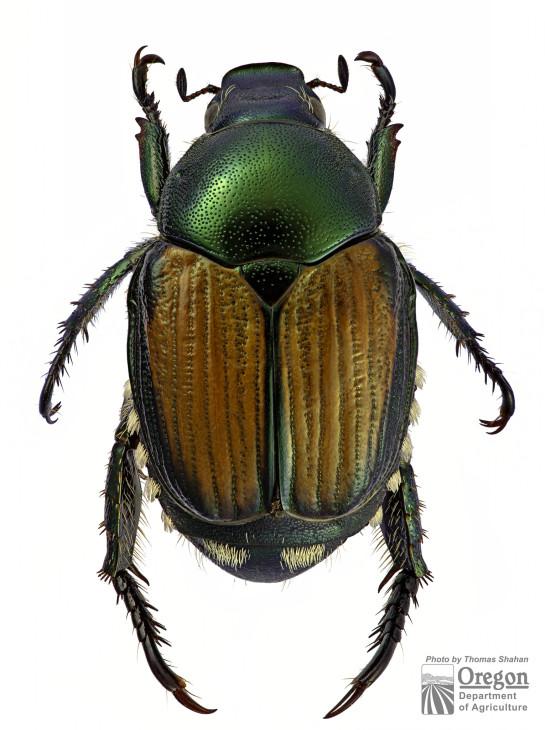
Japanese Beetle In Colorado Department Of Agriculture

Japanese Beetle Habitat Facts How To Get Rid Of Japanese Beetles Safer Brand
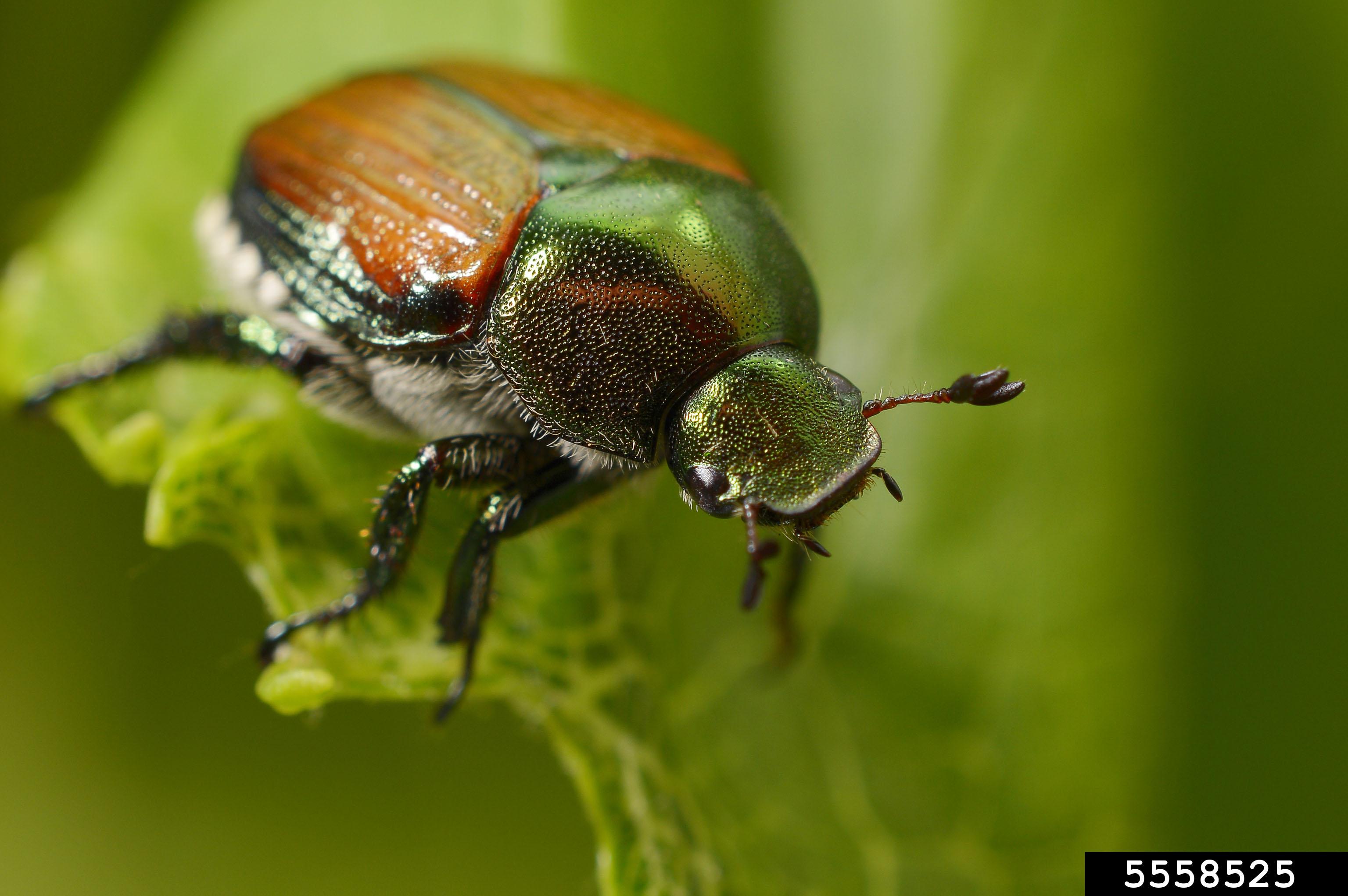
Japanese Beetle In Colorado Department Of Agriculture

Tips On How To Control Japanese Beetles In Colorado

How To Get Rid Of Japanese Beetles In Your Yard

Effective Management Remains Elusive For Beetle That Eats Almost Anything

Colorado Garden Punch List Betty Cahill Japanese Beetle Update July August 2017

How To Prevent Japanese Beetles Lawn Care Blog Lawn Love

How To Protect Your Trees And Shrubs From Japanese Beetle Damage
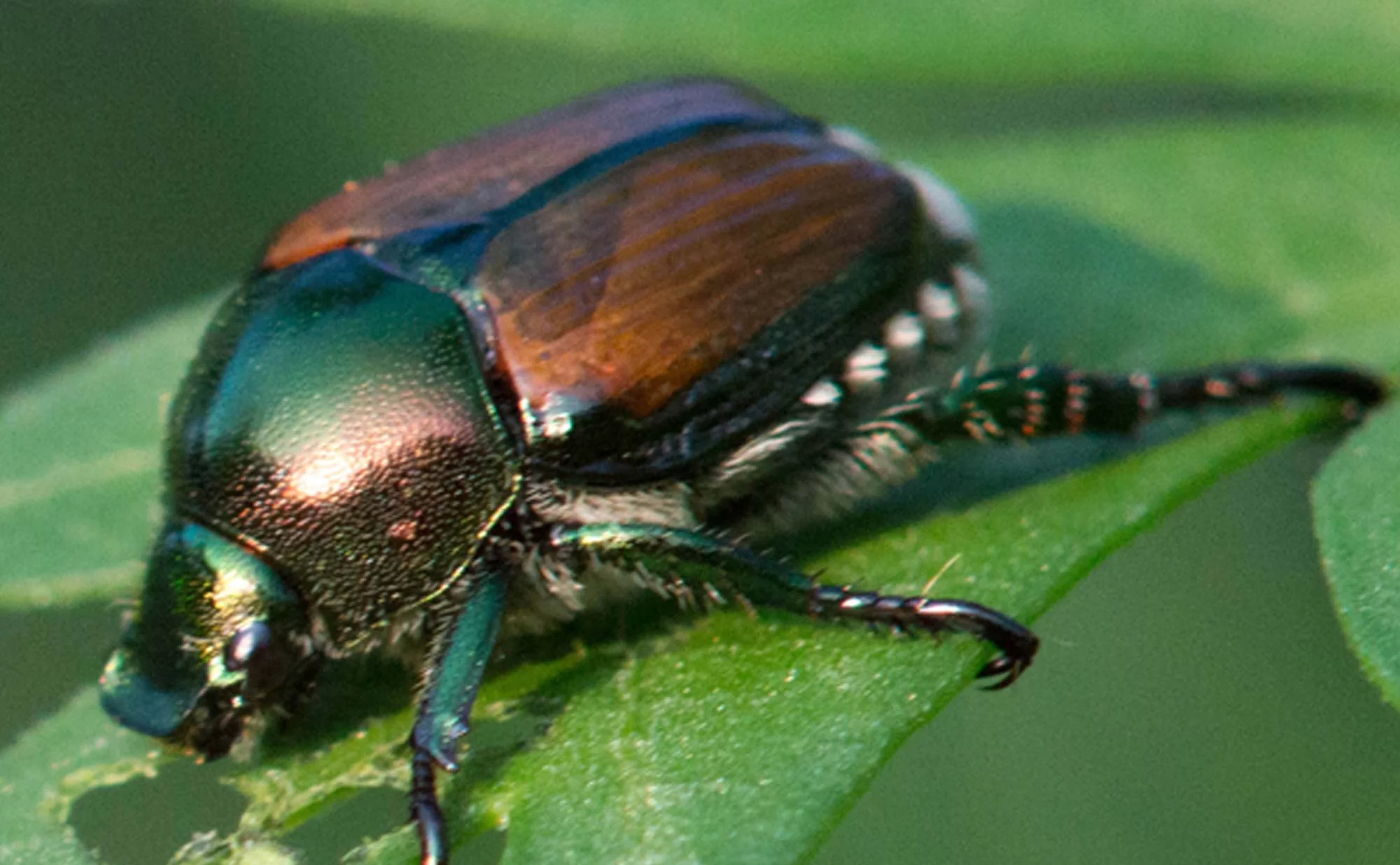
Schedule My Japanese Beetle Treatment Today Rainbow Treecare
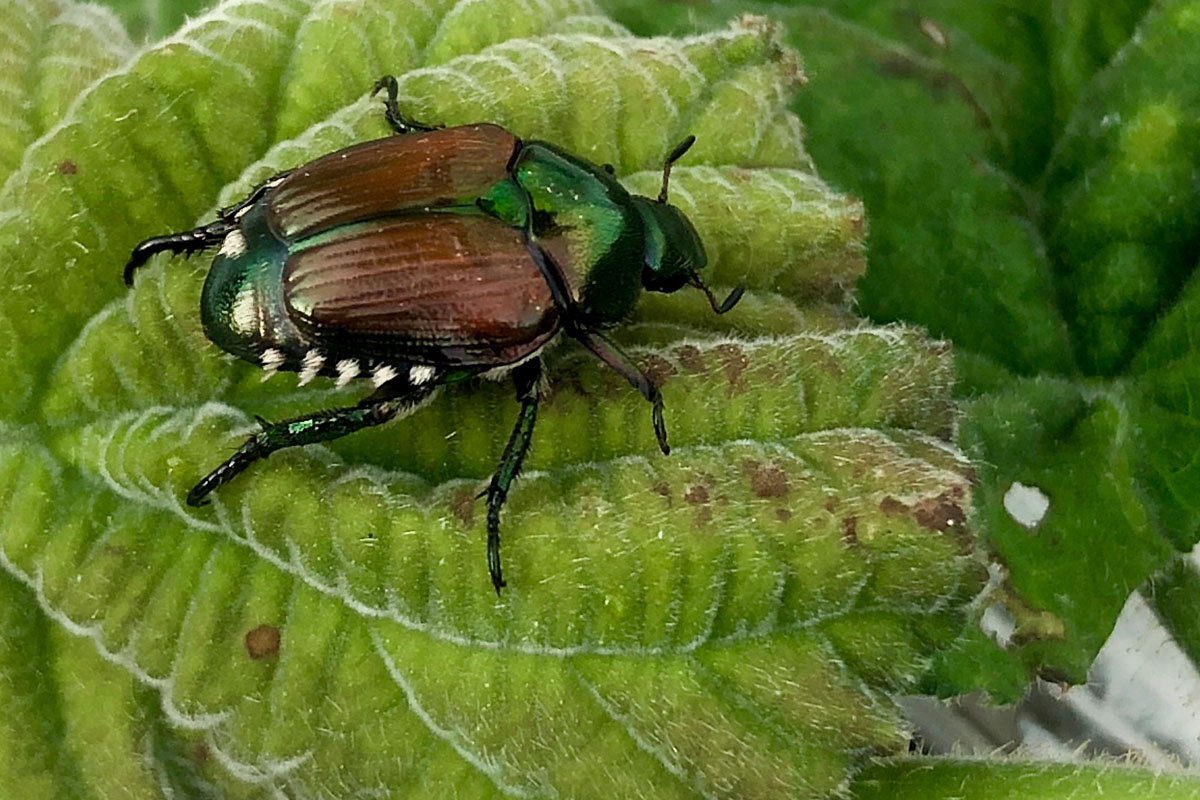
Japanese Beetle Control The Good Earth Garden Center

Tagawa Has The Tools You Need To Fight Japanese Beetles

Japanese Beetle Pests Soybean Integrated Pest Management Ipm Field Crops Purdue University
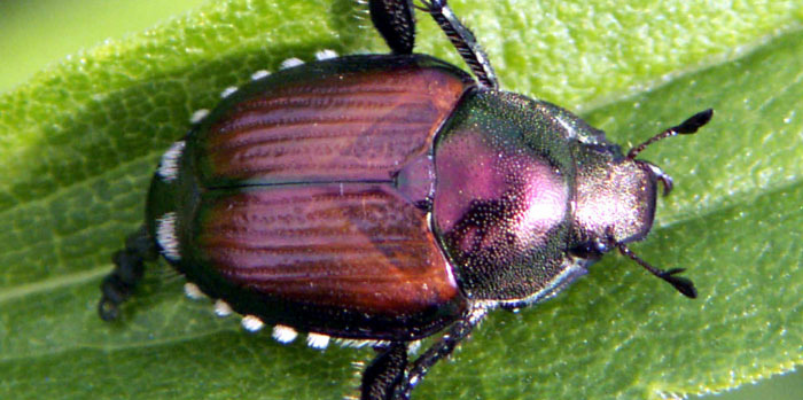
Cdfa Plant Health Japanese Beetle

How To Use The Japanese Beetle Growing Degree Day Model Pest Prophet Blog



